SIMET Junction Boxes

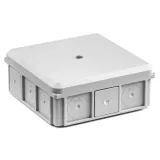

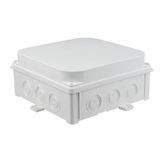
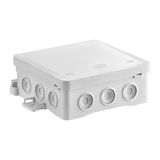
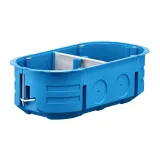


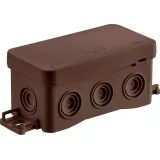
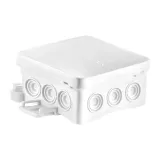
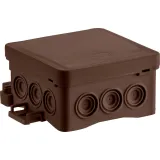
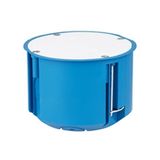

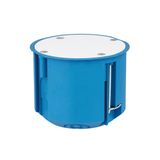


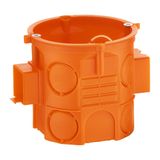

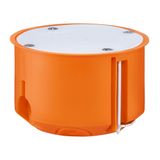
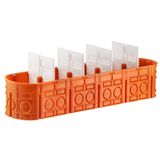
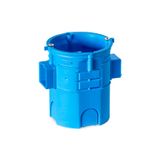
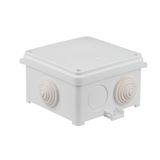
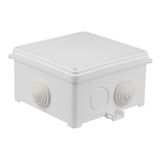
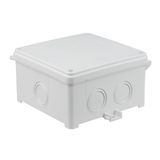



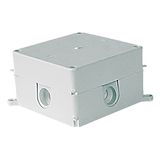
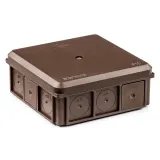







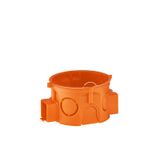

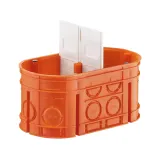
















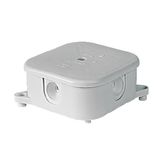
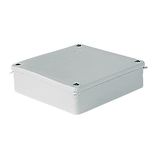
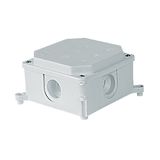


-
-
1
- 2
-
simet installation boxes Application scope and brand context
Fit-outs move smoothly when boxes match wall build-ups, ingress class, and wiring method. Simet focuses on predictable plastics, stiff flanges that don’t warp under plaster, and gaskets that actually hold IP once the lid is on. Materials are usually halogen-free PA/PC blends with glow-wire 750–960 °C options, brass inserts where torque matters, and clear embossing for conductor ranges and strip lengths. Typical ambient −25…+60 °C; UV-stabilized variants exist for sun-exposed facades. The result: cut-outs line up, conduits land square, and testers sign off in one pass.
simet junction boxes Range and configurations
Square and rectangular bodies from ~80×80 up to 240×190 mm cover most branch points. Depths 40–100 mm, screw or snap lids, and cable entries pre-moulded for M16/M20/M25 knockouts keep drilling to a minimum. IP44 lids serve dry rooms; IP66/IP67 gasketed lids with captive stainless screws handle washdown or dust. Impact classes commonly IK07/IK08; transparent covers are available where inspection windows are needed. Inside you’ll find raised bosses for DIN terminals and tie-points to dress spares—small details that speed QA.
simet flush mounting boxes Wall integration and accessories
Round 60/68 mm and multi-gang frames suit brick, block, and drywall. Claws bite cleanly without cracking gypsum; adjustable couplers keep center distances true across tiled walls. Depth standoffs protect device screws from contacting back-box metalwork. For air-tight builds, perimeter membranes and plug-in grommets stop leakage around conduits. Marked datum lines let crews set socket heights quickly with a laser; you can feel the time savings on large floors.
simet surface mounting boxes Outdoor and industrial use
For workshops, pump rooms, and plant corridors, thicker walls and continuous gaskets deliver IP65–IP67. Cable entries accept M16…M32 glands; add drain/vent plugs in humid spaces to avoid condensation. Stainless or powder-coated cover screws resist seizure; hinged lids with quarter-turn latches pay off where frequent access is expected. Reinforced corners keep torque from distorting the seal when installers over-tighten.
Technical specifications and standards
Design aligns with IEC/EN 60670-1 for boxes and enclosures, with parts for connection boxes referencing 60670-22. Empty enclosures for equipment follow EN 62208; assemblies inside consumer distribution can reference EN 61439-3 where applicable. Degrees of protection per EN 60529 (IP ratings) and impact per EN 62262 (IK). Glow-wire tests per IEC 60695-2-11; many series are HF and RoHS/REACH compliant. Thermal limits, lid torque, and conduit thread depth are published so drawings translate directly to the shop floor. Cable accessories typically cover 0.5…10 mm²; pre-formed knockouts maintain roundness, which matters when glands must seal first time.
Applications and compatibility
Residential grids: quick-couple frames keep socket arrays straight under tile. Commercial ceilings: deep back-boxes leave room for loop-through and dimmer modules without crushing bends. Industry: gasketed bodies sit on painted steel with toothed washers to guarantee bonding. In tender text that mentions simet electrical installation boxes, add wall type, depth, lid style, IP/IK, and conduit size right on the tag—procurement errors drop fast when those five lines are explicit. For panel tails and device marshalling, compact housings serve as neat simet connection boxes near the load; it shortens cable runs and simplifies maintenance records.
Integration with other brand products
Back-boxes pair cleanly with Simet glands and entry frames for sealed penetrations; EMC glands bond 360° where VFDs or radio gear sit nearby. For control doors, operator elements and indicator modules from the same ecosystem keep the 22 mm stack consistent. If you’re building small controls on walls or skids, pre-drilled plates inside simet modular enclosures accept DIN-rail terminals and interface relays without extra brackets—use the same screw kit and torque across the lot. Cross-reference Bankoflamps categories: Simet cable inlet and Simet automatics and control to close your BOM.
Selection criteria for B2B buyers
- Define environment: indoor dry, service voids, or hose-down. Pick IP/IK and lid hardware accordingly.
- Choose wall method: masonry vs drywall; decide claw type, flange width, and box depth from device stack.
- Plan entries: knockout size, gland thread, and bend radius—leave space for ferrules and ferrule tools.
- Thermal headroom: dimmers, drivers, and small PSUs want deeper cavities; check heat rise for grouped boxes.
- Documentation: insist on embossed strip lengths, torque, and conductor windows to speed FAT.
- Logistics: standardize two depths and three footprints across the project; spares and lids become interchangeable.
Advantages of working with Bankoflamps
We align footprints, depths, IP/IK classes, and entry hardware to your room data sheets and one-lines, then show real-time EU stock by warehouse before access windows are booked. Quotes return in about an hour with EAN/MPN, conduit sizes, lid torque, gasket stacks, and mounting kits clearly listed—so selections don’t drift mid-phase. Your portal provides live lead times, shipment status, and downloadable price lists with validity dates; approved clients can use post-payment up to 30 days. We consolidate by floor, zone, or tradeset to cut freight and site sorting, and your account manager cross-checks wall type, device stack height, bend radii, bonding method, and gland policy against your drawings—so crates arrive build-ready and electricians close walls once.